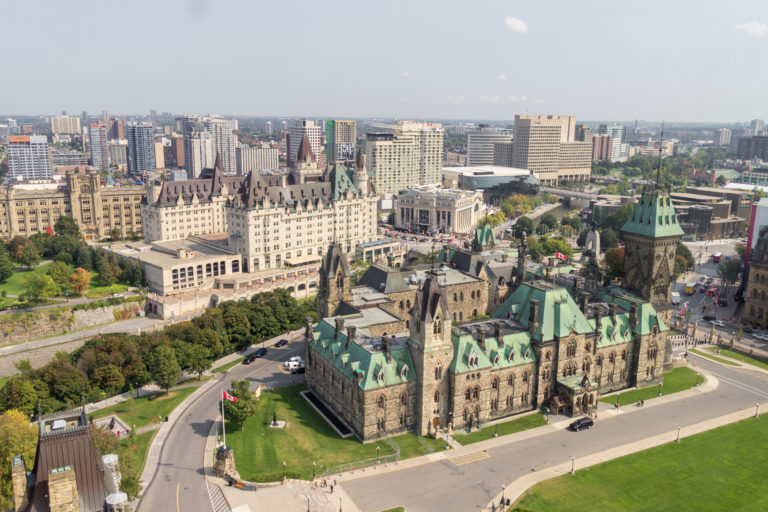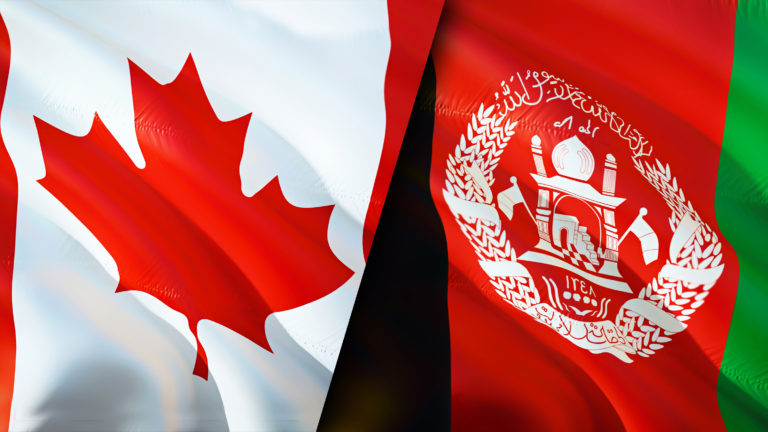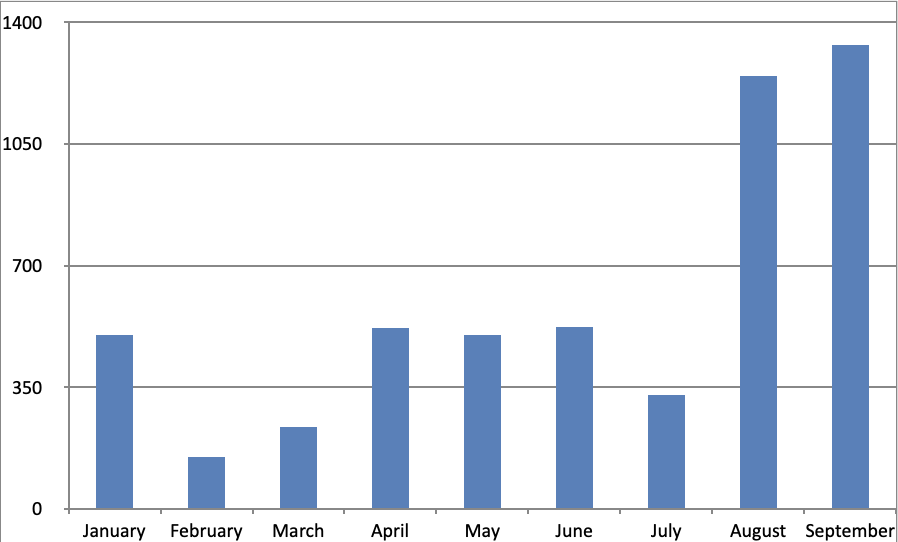Canada sent out 761 Invitations to Apply (ITAs) to Provincial Nominee Program (PNP) candidates in its latest Express Entry draw on Wednesday, Sept. 29, with a minimum Comprehensive Ranking System (CRS) score 10 points higher than in the previous such draw.
On Sept. 15, the Express Entry draw required a minimum CRS score of 732. This week, the latest draw demanded a minimum CRS score of 742.
This latest draw comes roughly two weeks after Canada conducted an Express Entry draw in which it issued 521 ITAs to PNP candidates.
Read More Canada Immigration News
- Saskatchewan Immigrant Nominee Program sends out 391 Invitations Targeting 61 Job Categories
- Canada tells United Nations it will accept twice as many Afghans: immigration minister
- Confirming Your Canadian Permanent Residence Online: All You Need To Know
With the latest PNP draw, Immigration, Refugees and Citizenship Canada (IRCC) has now issued 109,696 ITAs, a record number.
The previous calendar year record came in 2020, when 107,350 were issued. Before 2020, the previous record for ITAs in a calendar year was the 89,800 issued in 2018.
IMMIGRATION TURNED TO PNP AND CEC EXPRESS ENTRY DRAWS DURING PANDEMIC
During the coronavirus crisis, IRCC has switched to draws focused on PNP and CEC candidates, given they are more likely to already be in the country as temporary residents.
Canada set a new record for total ITAs in 2020 at 107,350, despite the year being marred by COVID-19.
On Feb. 24 this year, IRCC implemented its tie-breaking rule which states that if more than one candidate has the minimum CRS score, only those who submitted their Express Entry profiles before this date and time received invitations.
This was the 36th round of invitations under Express Entry in 2021 and 206th overall.
What is Express Entry?
Express Entry is an immigration system implemented by the IRCC on Jan. 1, 2015 which manages skilled worker applications under Federal Economic programs. This includes the Federal Skilled Worker Program, the Federal Skilled Trades Program the Canada Experience Class and parts of the Provincial Nomination Programs.
Stakeholders expect to see continued high numbers of invitations issued as Canada builds towards its target of more than 400,000 new permanent residents in 2021, with CRS scores likely to drop.
With the coronavirus crisis striking in March 2020, Canada switched to program-specific draws aimed at Canadian Experience Class and Provincial Nominee Program candidates. This had the effect of significantly increasing the number of individual draws beyond previous years.
Watch the Video
What Can Employers Do to Recruit Foreign Workers?
Employers are encouraged to consider securing an LMIA or nomination under provincial nomination programs (PNPs) to ensure long-term retention of employees.
At immigration.ca we provide Canadian employers with unparalleled immigration legal services and recruitment of foreign nationals through our in-house Global Recruiters of Montreal, GRNMontreal.com and skilledworker.com. We bring qualified candidates to Canada in the shortest time possible. Employers in a wide range of industries can directly benefit from our unique position as one of Canada’s leading immigration firms in the industry, with a strong online presence, to meet both their recruitment and immigration requirements.
Interested employers wishing to seek our assistance are invited to contact us here for further information.
What Should Candidates Do Next?
Given the coronavirus crisis, it is difficult to predict what CRS scores will be required to secure an ITA in 2021. Scores have dropped as low as 75 for CEC draws.
However, securing an approved offer of employment is highly recommended. Watch our Facebook livestream video on how to find jobs in Canada from overseas.
We offer all our individual clients with excellent employment services as well as a 60-minute Live, Face-to-Face LinkedIn tutorial on how to find jobs in all areas of Canada.
Find out whether you qualify to Canada by completing our free online evaluation. We will provide you with your evaluation results within 1-2 business days.











